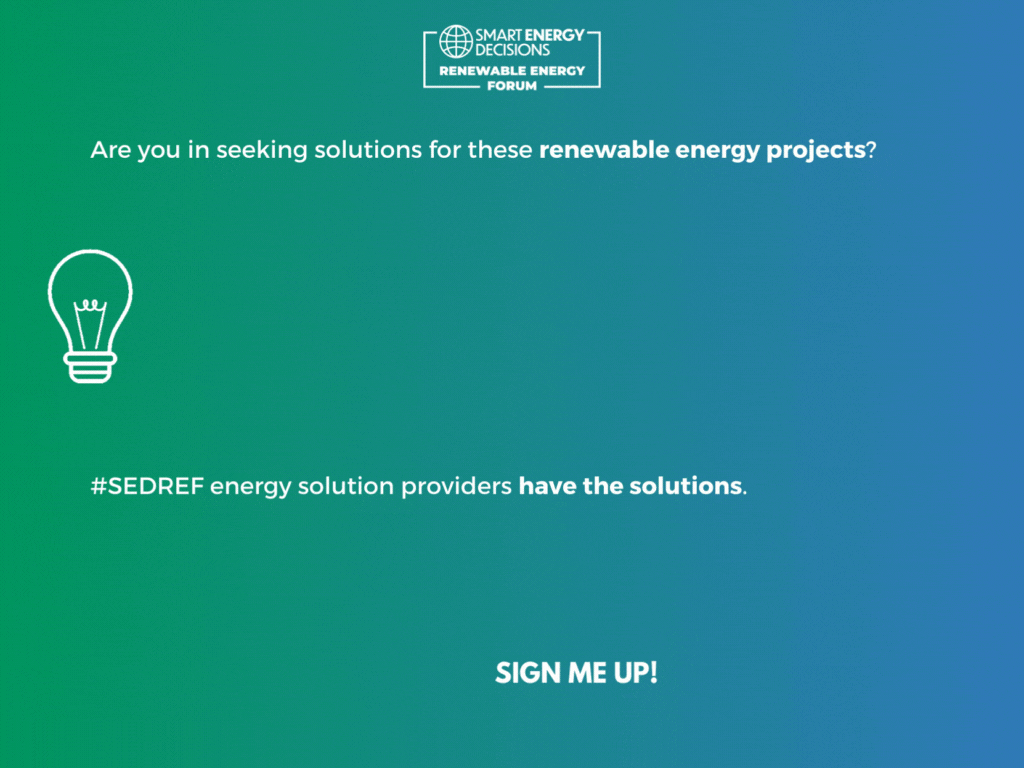Commercial, GHG Emissions, Industrial - January 21, 2021
Global green hydrogen production set to reach 5.7 million tons by 2030
Frost & Sullivan announced on Jan. 19 that its recent analysis forecasts that global green hydrogen production will skyrocket at a compound annual growth rate of 57% between 2019 and 2030, rising from 40,000 tons to 5.7 million tons. Increasing concerns about carbon emissions and the need to decarbonize the industrial, commercial, transport and power sectors have forced countries to reduce their dependence on fossil fuel-based systems and increase investments across alternate low-carbon technologies, including green hydrogen.
"In the last five years, interest has grown in using green hydrogen as a low- or zero-carbon energy carrier,” Swagath Navin Manohar, industry analyst, said in a statement. “Many governments, including the UK, Germany, Japan and Singapore, have started acknowledging the fact that a green hydrogen-based economy could be the answer to growing concerns over carbon emissions, energy security, and climate change. Technological institutions in various countries have already invested in pilot and demonstration projects related to the production, storage, distribution and utilization of green hydrogen across different business verticals. For a green hydrogen economy to become a reality, technological and economical breakthroughs are needed to bring down the costs associated with production, while a decisive regulatory framework is required to promote investments and support research and development in the sector."
For further revenue opportunities, market participants should explore these strategic recommendations:
- Countries need to step up their green hydrogen strategies and invest in pilot and demonstration projects and form strong partnerships.
- European countries and the US should add green hydrogen to natural gas mixtures.
- Fuel cell companies should develop small, modular fuel cell power systems that can be customized to meet the needs of rural/remote communities or critical infrastructure facilities.
- Combined heat and power (CHP) fuel cell manufacturing companies should address concerns over their cost, reliability and decreased efficiency.
Read These Related Articles:
- Annual investments of $100B for wind through 2025
- New report forecasts 3.5% growth of electric motor market before 2024
- Wind turbine materials market expected to double by 2026
- Distributed energy resources expected to increase 75% by 2030
- Renewables could make up more than half of installed capacity by 2030
Stay Up-To-Date












